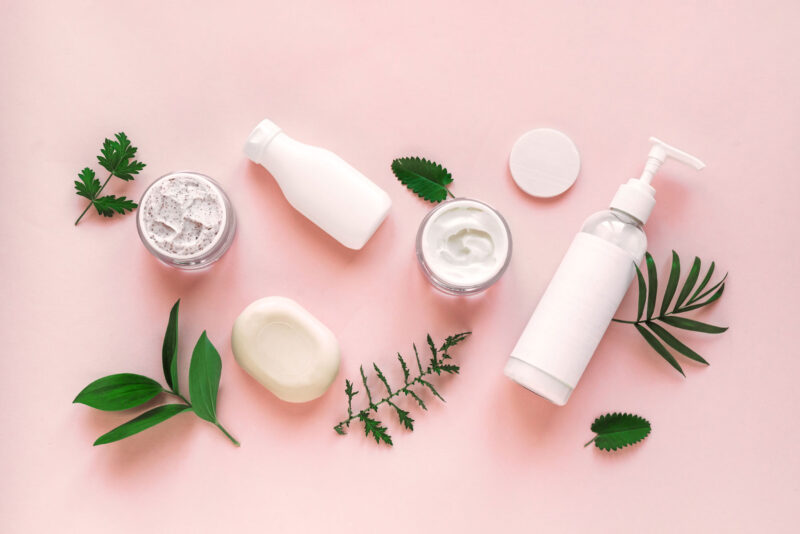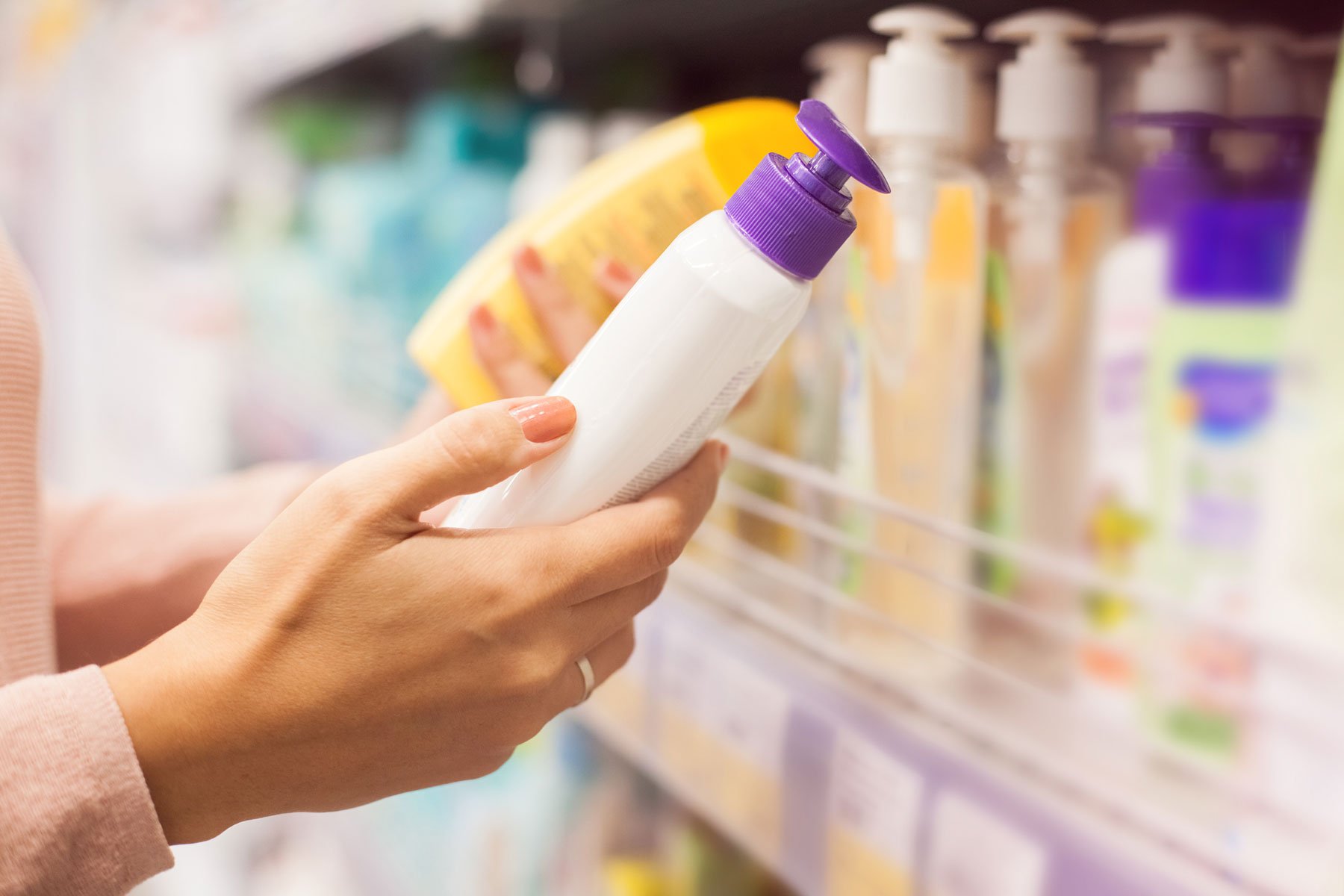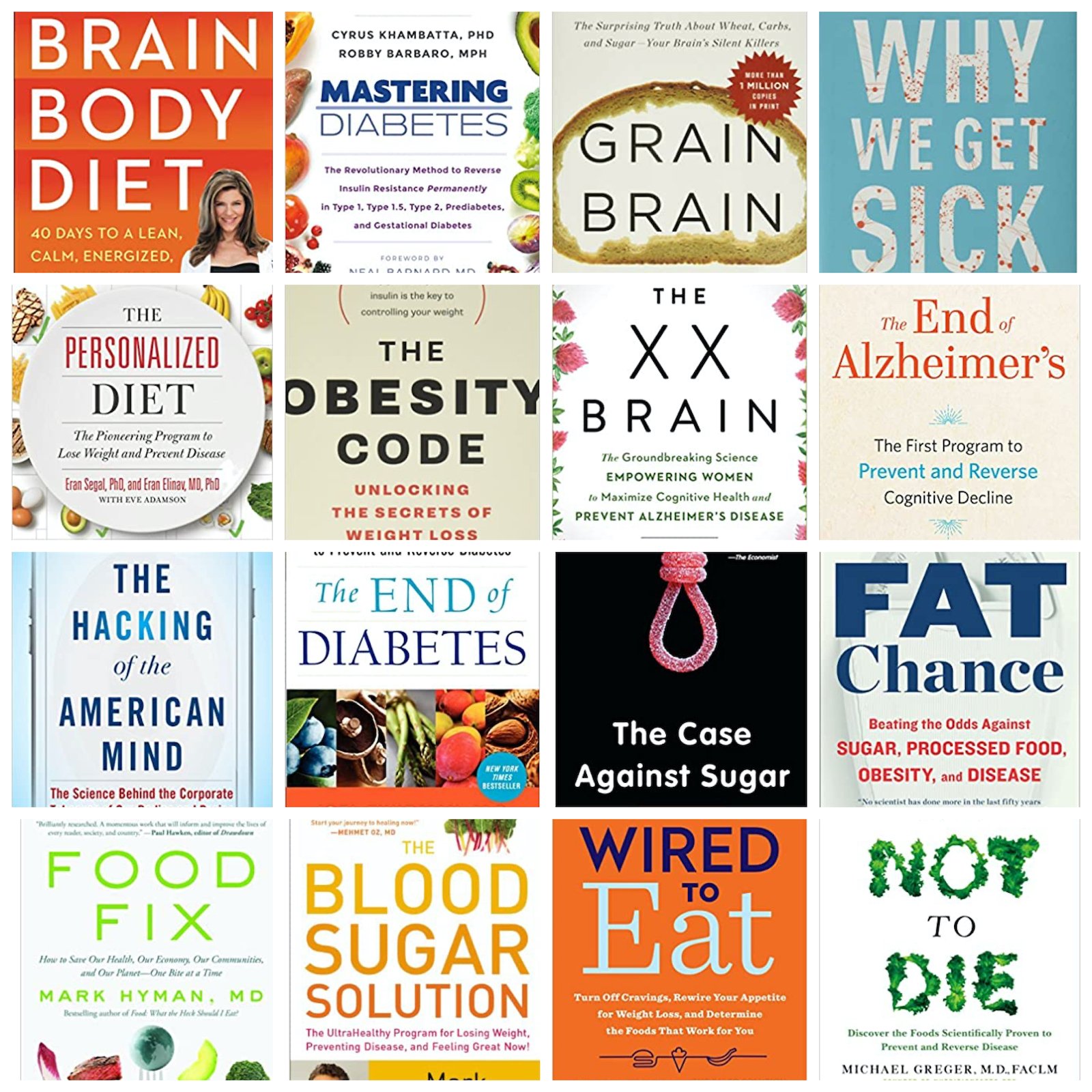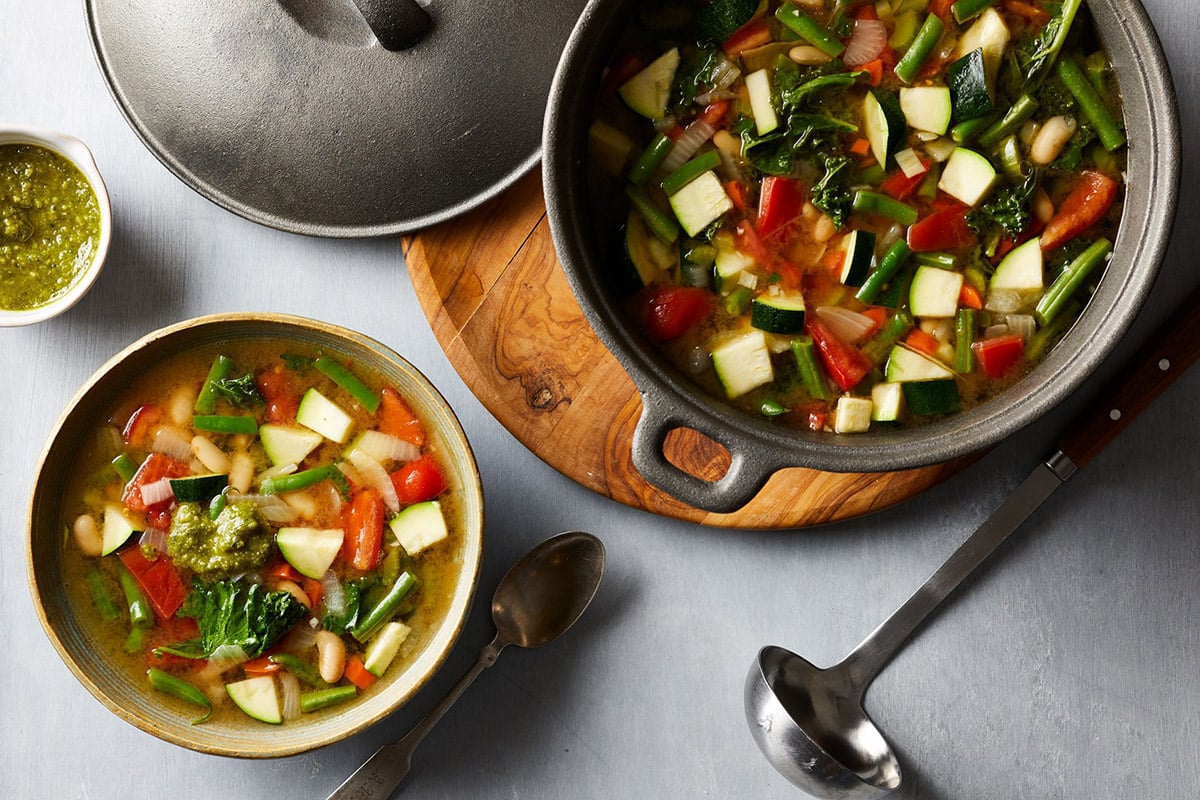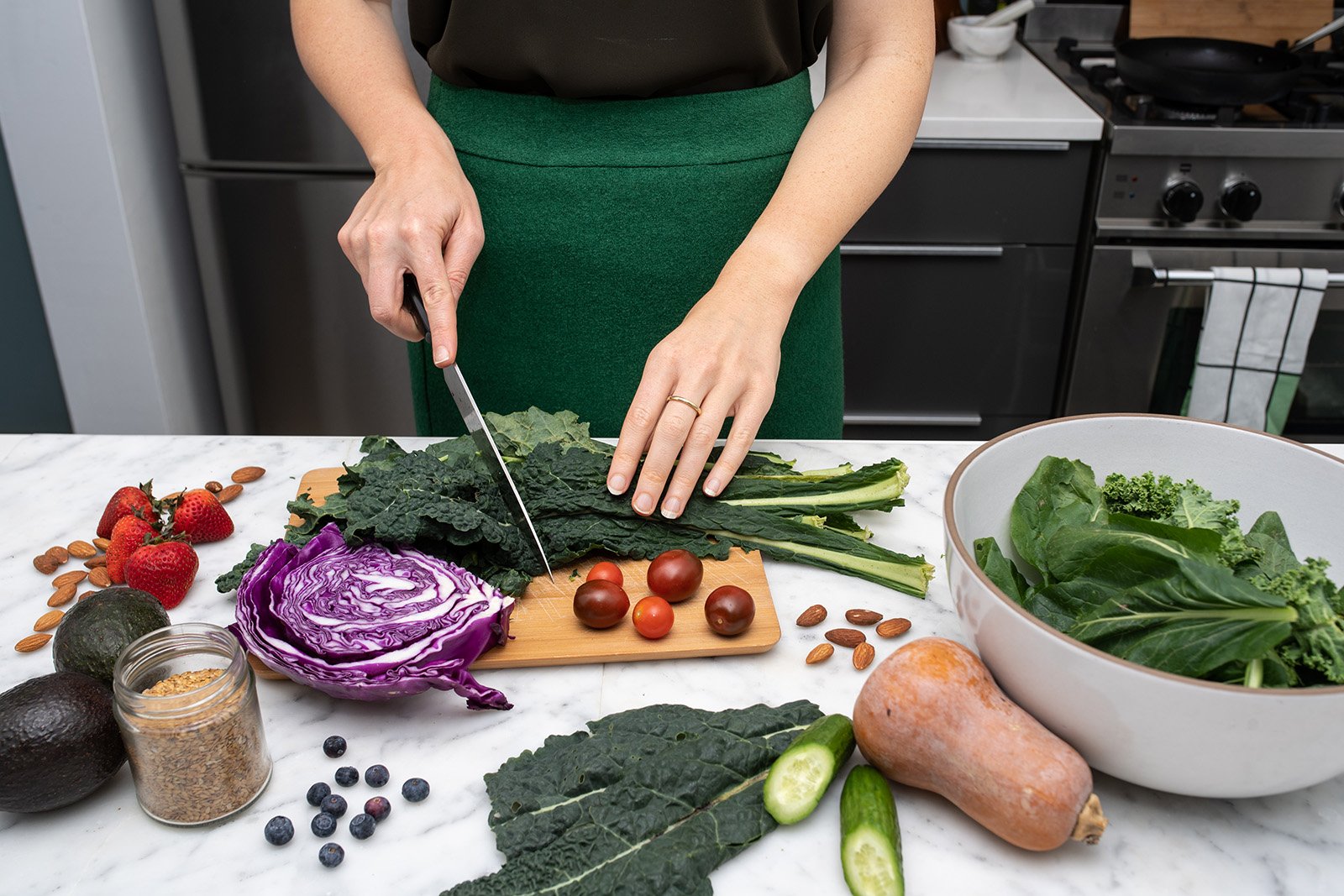Good metabolic health doesn’t start and stop with the food you put in your body. It also requires attention to what you put on its largest organ: the skin. Unfortunately, many beauty products, such as certain makeup items and lotions, contain toxins that may impact our metabolic health.
So the Levels team is careful about their makeup, lotions, face wash, hair products, and more. For many, that’s meant a gradual transition to brands that are transparent about their products and formulate them with high-quality ingredients. It also means paring down their beauty routine to use the basics that really make a difference.
Related article:
Here’s their advice for creating a clean beauty routine of your own:
1. Start slow
You might be surprised at just how many personal care products you’re spritzing, lathering, or applying on your body every day. Changing all your products can feel daunting. Holistic health coach Rebecca Breske, a support associate at Levels, recommends making changes slowly. “You don’t have to switch all of your products at once,” she says.
You might choose to replace one thing at first. The following items are basics to start with:
Face wash
Try: Éminence Organic Skin Care Coconut Milk Cleanser ($44), a favorite of Taylor Maniscalchi, support team member at Levels.
Deodorant
Try: Schmidt’s Deodorant Stick ($9.99), recommended by Casey Means, MD, chief medical officer and cofounder.
Floss
Try: Cocofloss Fresh Coconut Dental Floss ($10), which Lynette Diaz, a member of the support team at Levels uses regularly.
Give new products some time when you’re deciding if they’re a fit for your skin. Why? Your skin may need to adjust to the different chemistry. “When I switched to natural products,” Maniscalchi says, “my skin broke out quite a bit. Switching to natural deodorant was enough to give me a complex for a couple of weeks.”
2. Create personal principles
Since we lack official “clean beauty” standards, claims on packaging can be deceptive. Breske notes that just because something advertises itself as “nontoxic,” that doesn’t make it so.
Research your daily products to understand what’s in them. (The Environmental Working Group’s Skin Deep cosmetics database is a great place to start.) Then ask if that product holds up against your personal standards. Here are three personal principles that Levels team members use to guide choices:
No fragrances
Maniscalchi points out that fragrances often contain phthalates, a group of chemical compounds that act as solvents in products like cleansers, shampoos, nail polishes, and more. Labeling laws don’t require companies to reveal what’s in their fragrances, which means they could contain phthalates, even if they aren’t in the ingredients list. Choosing fragrance-free or unscented products can help you avoid these chemicals.
Try: Everyday Shea Body Wash, unscented ($14.99)
Nothing unpronounceable
If Maniscalchi can’t pronounce it or can’t understand what the ingredient is after a quick search (e.g., tocopherol = vitamin E), then she doesn’t buy it.
Try: Cocokind Organic Facial Cleansing Oil ($15), made with a base of coconut and avocado oils, plus tea tree and lavender oil.
Nothing I wouldn’t eat
Look for products made with food-grade ingredients. “If I wouldn’t put it in my mouth, I won’t put it on my skin,” says Breske. Of course, you won’t actually want to eat every ingredient in a product, but the overarching rule is that the product should have some recognizable ingredients that you could find in your kitchen.
Try: Little Seed Farm Body Oil ($10.99); the unscented oil is formulated with hazelnut and hemp seed oils and vitamin E.
3. Swap more everyday items
As you make more changes to your product list, focus on swapping out the items you use every day. That will make the biggest difference in your exposure to potentially harmful ingredients. Here are a few to start with:
Sunscreen
Try: Countersun Mineral Sunscreen Lotion SPF 30 ($43), the daily sunscreen that Dr. Means uses.
Castile soap
Try: Dr. Bronner’s Pure-Castile Liquid Soap, baby unscented ($14.44), which is an all-purpose soap that can be used on your skin, hair, and for home and laundry. Both Dr. Means and Jesse Lavine, an operations specialist at Levels, recommend it.
Toothpaste
Try: Tom’s of Maine Fluoride-Free Antiplaque & Whitening Toothpaste ($5.99) has a pleasant minty flavor and is made with no artificial flavors, colors, or preservatives.
4. Use the resources available to you
Reviewing every ingredient in every product you use can be difficult and time-consuming. Fortunately, some apps (available in the App Store and on Google Play) make this process much easier. Here are some the Levels team uses regularly:
- Yuka: This app scans labels and provides an overall health grade for food and beauty products. With beauty products, Yuka flags possible endocrine-disrupting chemicals, carcinogens, allergens, and irritants. “Yuka is really convenient, since you can scan the barcode or simply look up the product. It has a huge database and will recommend better products if what you scanned isn’t a good option,” says Diaz.
- Think Dirty: After using the app for a while, Breske learned what to look for, so now she can simply check the ingredients list to know if a product should go in her cart.
- EWG’s Healthy Living App: This app provides ratings for 120,000 food and personal care products and suggests alternate “better” choices. “I rely heavily on the EWG cosmetics database,” says Lauren Kelley-Chew, MD, head of clinical product at Levels.
Cissy Hu, product manager at Levels, notes that discrepancies can occur across these apps, as they maintain slightly different criteria for “clean.” (Again, there’s no standard definition!) Your personal standards and principles can help guide you.
Another great resource? The team at Levels is continually updating their Clean Beauty Recommendations for body wash, toothpaste, floss, eyeshadow, foundation, and more. The listed products are beloved and regularly used by members of the Levels team.
5. Understand your motivations behind buying clean beauty products
Taking a step back and asking yourself why you’re making a specific choice can be useful: Why am I interested in cleaner beauty products? What am I trying to achieve with a product switch? Keeping your motivations in mind as you shop helps you focus amidst an expansive variety of products out there.
For example, Breske made cleaner beauty products a cornerstone of her mission to feel well while living with irritable bowel syndrome. “Along with changing my diet and lifestyle,” she says, “minimizing environmental toxins was and is a huge part of my gut-healing journey.” Maniscalchi was nudged by an autoimmune disease diagnosis. “I was already paying attention to food,” she explains, “but it was alarming how much of an impact the products you put on and in your body can have.”
In the end, your decisions can make a bigger difference than you think, not just for yourself but also for others. “It’s important to vote with your dollar and put your funds into companies actually working to make a difference and create something that is actually good for people,” Diaz says.
Interested in improving your metabolic health?
Levels, the health tech company behind this blog, helps people improve their metabolic health by showing how food and lifestyle impact your blood sugar, using continuous glucose monitoring (CGM), along with an app that offers personalized guidance and helps you build healthy habits. Click here to learn more about Levels.
